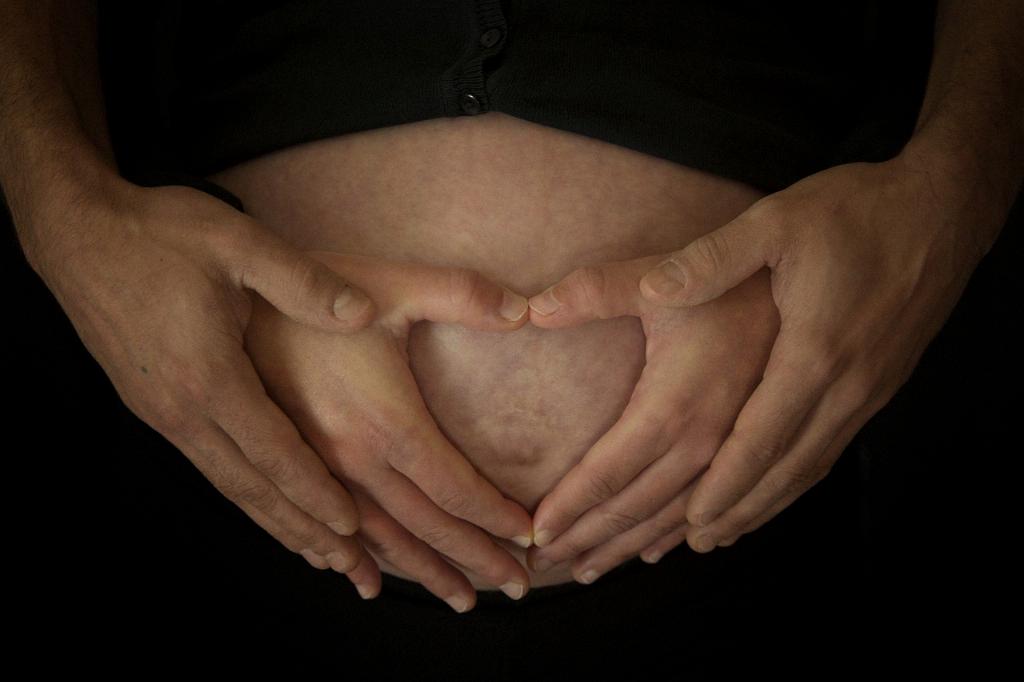Dealing with a rash on your stomach after a cesarean section (C-section) can be distressing, especially when you’re already navigating the challenges of postpartum recovery. There are various factors that could contribute to the development of a rash in this area, and it’s essential to address the issue promptly for your comfort and well-being.
Potential Causes of Post-C-Section Rashes
Several factors could play a role in the appearance of a rash on your stomach following a C-section. One common cause is the use of adhesive tapes or surgical dressings during the procedure. These materials can sometimes trigger skin irritation, leading to a rash.
Impact of Hormonal Changes
Additionally, the hormonal changes that occur in your body postpartum can make your skin more sensitive and prone to rashes. Fluctuations in hormone levels can disrupt the skin’s natural barrier, making it more susceptible to irritation and inflammation.
The Role of Infections
Infections, whether bacterial or fungal, can also contribute to the development of a rash on your stomach. The incision site from the C-section is particularly vulnerable to infections, and if left untreated, these infections can manifest as a rash.
Allergic Reactions and Sensitivities
It’s essential to consider the possibility of allergic reactions or sensitivities to various substances. This could include reactions to medications administered during the C-section, topical ointments, or even detergents used on clothing or bedding.
Non-Allergic Adverse Reactions
Non-allergic adverse reactions to medications can also lead to skin issues, including rashes. Certain medications, such as nonsteroidal anti-inflammatory drugs (NSAIDs), may cause skin reactions in some individuals, exacerbating the likelihood of a rash.
Stress and Lack of Sleep
Postpartum stress and sleep deprivation can impact your body’s ability to regulate immune responses and maintain skin health. These factors can contribute to the development of rashes and skin irritation, including on your stomach area.
Coping with Post-C-Section Rashes
If you’re experiencing a rash on your stomach after a C-section, it’s crucial to consult with your healthcare provider for an accurate diagnosis and appropriate treatment. Avoid scratching the affected area to prevent further irritation and potential infection.
Practical Tips for Relief
In the meantime, you can try soothing the rash with gentle, fragrance-free moisturizers or cooling lotions. Wearing loose-fitting clothing made from breathable fabrics can help minimize friction and irritation on the affected skin.
Hygiene and Care
Proper hygiene is essential for managing post-C-section rashes. Keep the affected area clean and dry, and avoid applying harsh soaps or detergents that could aggravate the skin further. Pat the area gently with a soft towel after washing.
Medical Attention and Follow-Up
If the rash persists or worsens despite home care measures, professional medical evaluation may be necessary. Your healthcare provider can investigate the underlying cause of the rash and recommend specific treatments tailored to your condition.
Remember to Prioritize Self-Care
During the recovery period after a C-section, it’s crucial to prioritize self-care and listen to your body’s signals. Adequate rest, hydration, and nutrition can support your overall well-being and help promote skin healing.
Final Thoughts
Experiencing a rash on your stomach after a C-section can be challenging, but with the right approach and care, you can address the issue effectively. By understanding the potential causes and implementing appropriate strategies, you can manage the rash and focus on your recovery journey.

